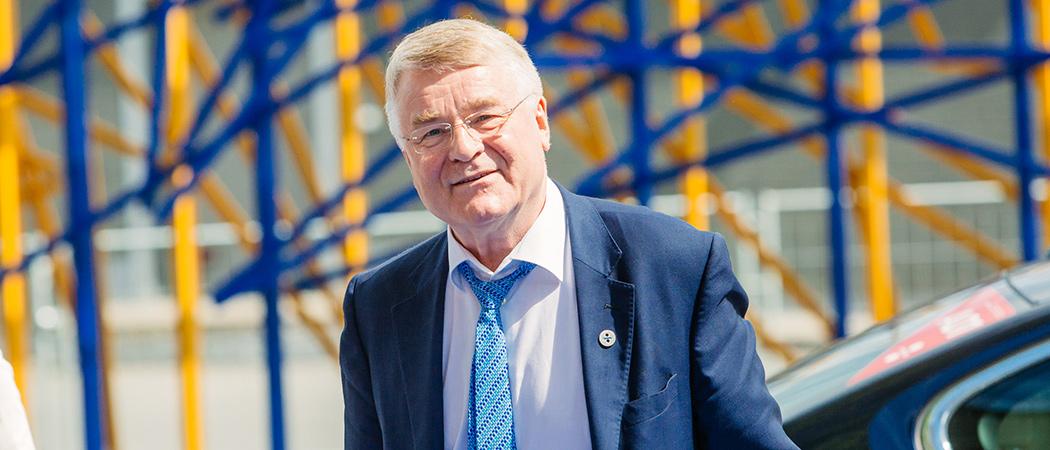Draft report by the Committee of Regions calls for a boost in research and innovation investment to enable member states with less developed science infrastructures contribute to the Horizon Europe mission

Markku Markkula, President of the Helsinki region. Photo: European Union
The EU needs to close the east-west innovation gap and catch up with R&D investment levels in the US, if it wants the five research missions in Horizon Europe to succeed, according to a draft report by the Committee of the Regions (CoR).
The report, which is expected to be approved in April, says regions need more investment in research and innovation to be able to fully take part in the early work of getting the missions off the ground.
“Reaching the targets is possible only with extensive foresight activities, increased R&D investments, real-world prototyping, experimentation and scaling-up of results," said Markku Markkula, president of the Helsinki region and CoR rapporteur on research missions.
Over the next decade, the missions are intended to help the EU tackle pressing societal challenges with the help of targeted investments in cancer research, climate resilience, clean oceans, green cities and healthy soils.
Missions are the brainchild of Mariana Mazzucato, an Italian-American economist who advised former EU research commissioner Carlos Moedas. She argued missions should build on traditional R&D funding programmes, setting clear goals and mobilising civil society along with researchers and private investors.
Last year, the European Commission announced €1.9 billion funding for the first two years, with each mission due to get at least €320 million from Horizon Europe. More funding will be made available if the missions show initial success. The Commission hopes the pace will pick up this year after groups of experts have submitted ideas for how each mission should be structured.
Horizon Europe will only pay for the first stages of the missions, with most of the money coming from elsewhere. That means success in large part depends on the ability to get funding from other EU sources, such as cohesion and regional funds, but also from national and regional governments.
Markkula said that given this, national governments should help regions develop the capacity to apply for EU missions funding and ensure a broader and fairer distribution of money.
“The EU missions will be successful only if closing the knowledge and innovation divide in Europe, and the innovation gap between Europe and the US are highlighted,” the report says.
But according to a Commission report on regional policy, the regional innovation divide in Europe has grown, due to poor investments in R&D and weak regional innovation ecosystems.
Some member states have made significant progress in catching up on an overall national level, but many regions, including some in richer countries, still report significant difficulties in adapting themselves to the knowledge economy.
To make sure the innovation laggards are in a position to contribute to the missions, the CoR report calls for new ways of merging EU, national and regional research and innovation schemes. “The EU Missions will be successful if they meet a local enabling ecosystem,” it says.





 A unique international forum for public research organisations and companies to connect their external engagement with strategic interests around their R&D system.
A unique international forum for public research organisations and companies to connect their external engagement with strategic interests around their R&D system.